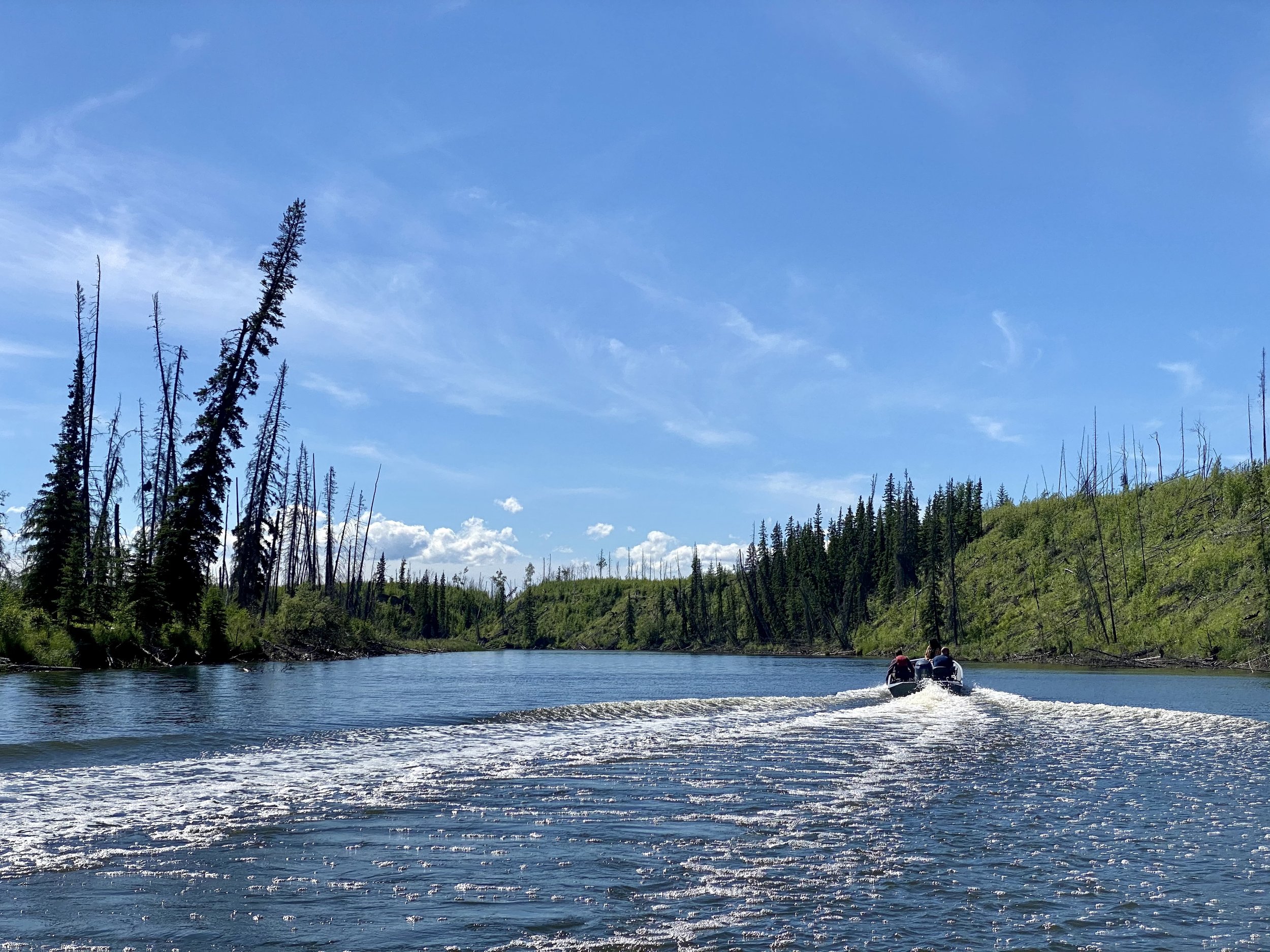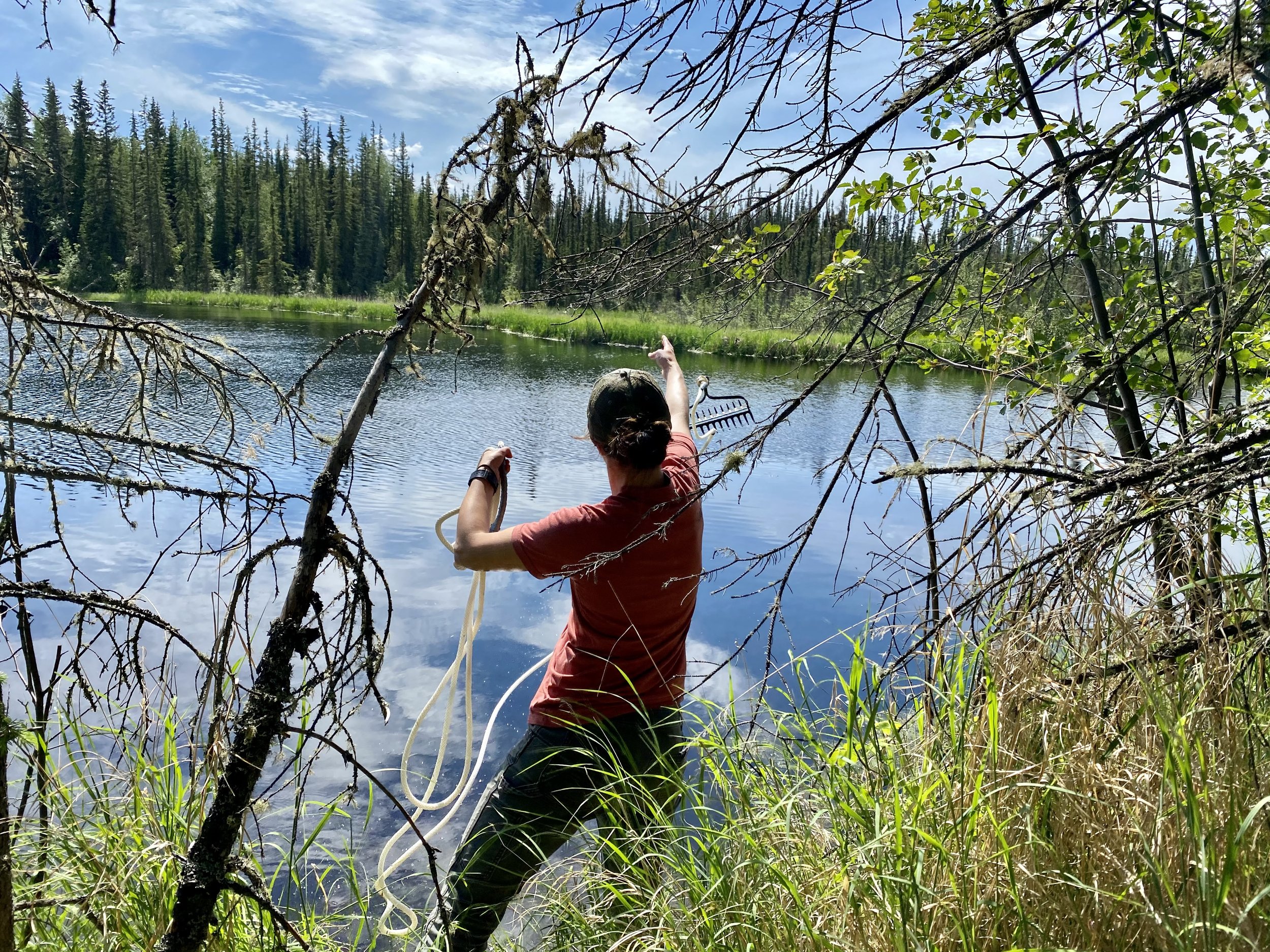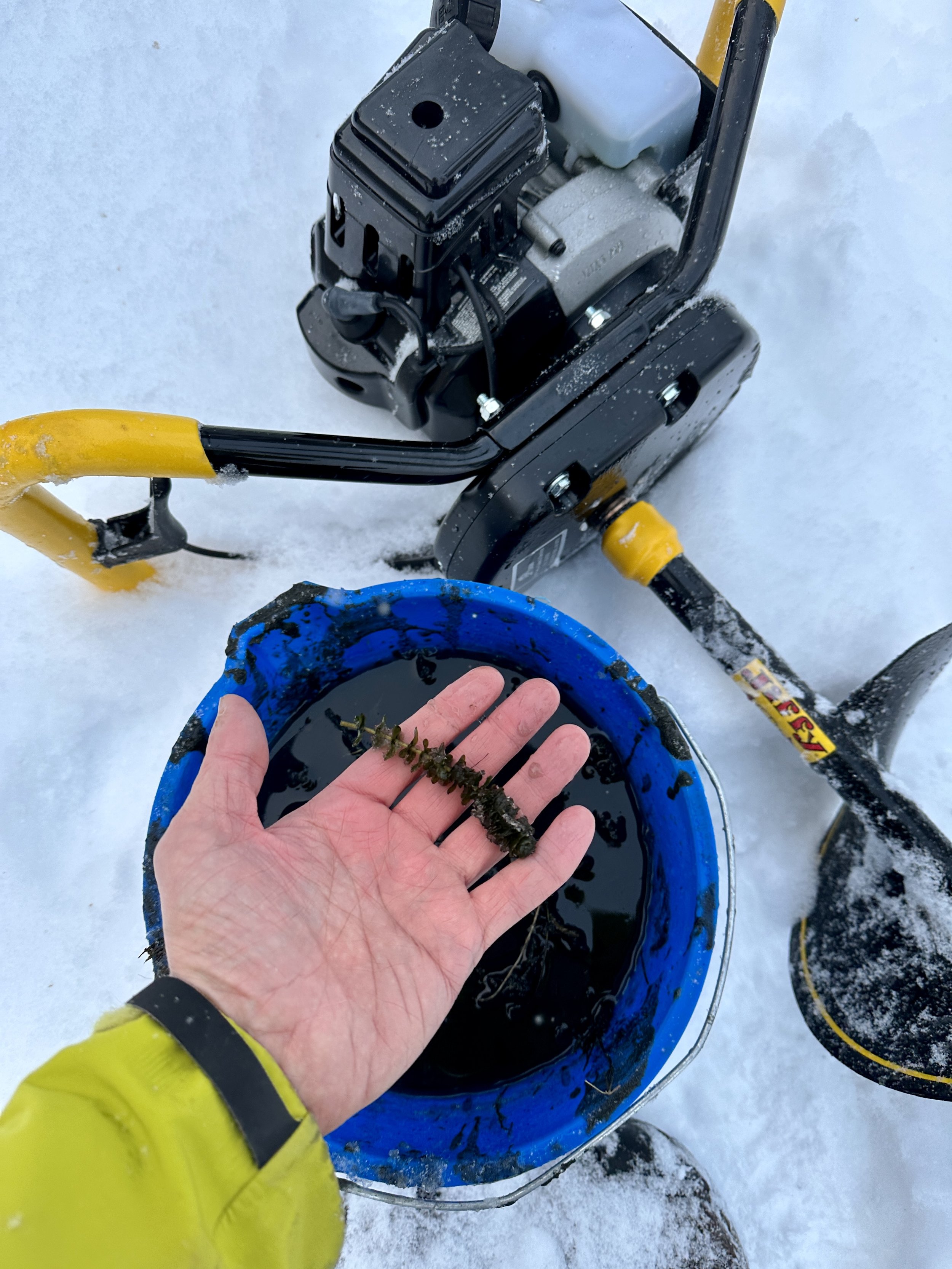
Elodea is the first non-native invasive aquatic plant to become established in Alaska. It has been found in waterbodies in Anchorage, Cordova, the Kenai Peninsula, the Matanuska-Susitna area, and the middle Tanana Valley. It was first detected in the Chena River system in 2009.
In Alaska, elodea infestations in waterbodies can be expected to increase sedimentation, displace native vegetation, reduce biodiversity, degrade sensitive fish habitat, and interfere with safe river travel and floatplane operation. Elodea can be spread easily via boats, floatplanes, and other human activity. It reproduces vegetatively, so a single fragment is all that is needed to start a new infestation.
Current Status
As of summer 2025, there are 13 known elodea infestations in the Interior. The majority of which are located just east of Fairbanks along the Richardson Highway. These infestations primarily occur in popular fishing locations and were likely introduced by recreational users moving between waterbodies.
Elodea Control in Action
The Fairbanks Soil and Water Conservation District (FSWCD) has been hard at work surveying, monitoring, and eradicating elodea infestations throughout the Interior.
Each season we work from the thaw in the spring to freeze up in the fall to stop the spread of Elodea in the Interior.
Elodea treatment locations and status
Our interactive project map allows site visitors to see the progress we’ve been making with elodea as well as the extent to which it has spread in the interior. This is an educational tool for the public and might not reflect the most current information regarding each infested site.
The infested site map is color coded, red indicates newer and more high risk infestations, yellow indicates an infestation has undergone multiple years of herbicide treatment, and green indicates a site where eradication has been successful.



